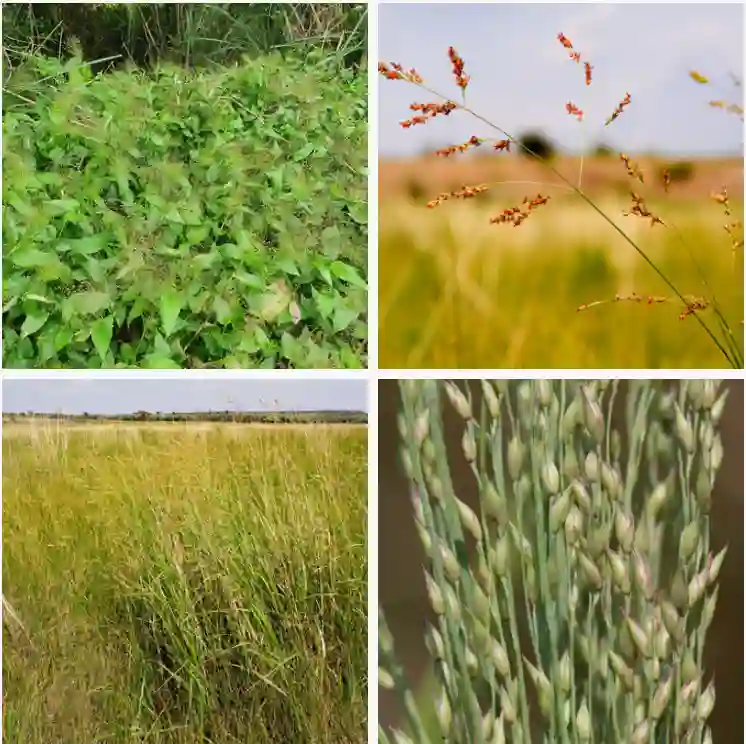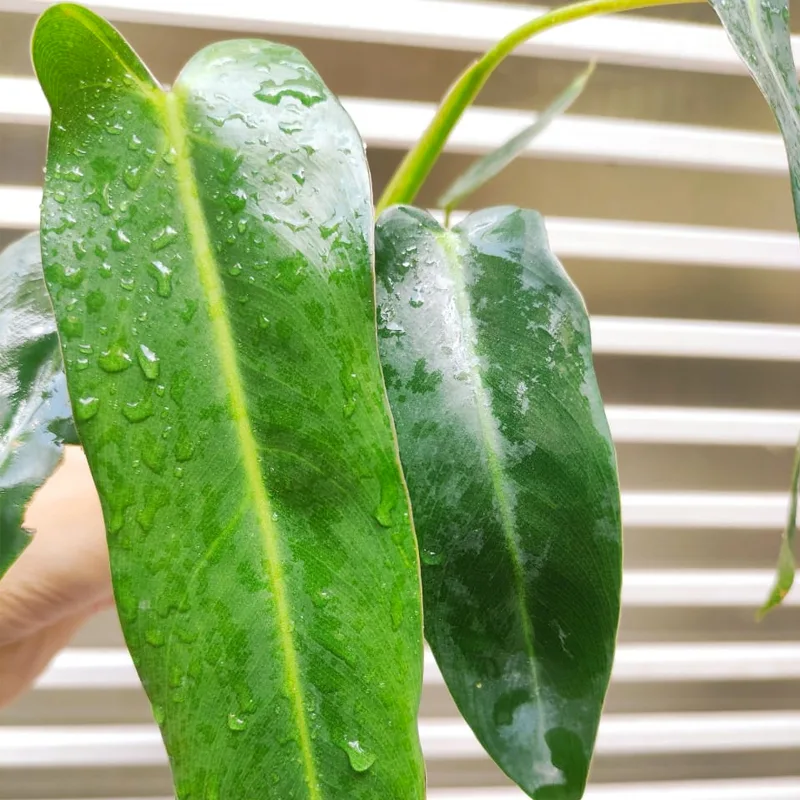
The Allure of Cornus Florida: A Gardener’s Guide
As a plant enthusiast, I’m constantly captivated by the beauty and diversity of the natural world. One particular species that has stolen my heart is the Cornus Florida, more commonly known as the flowering dogwood. This native North American tree is a true showstopper, boasting stunning blooms and vibrant seasonal changes. Throughout my gardening journey, I’ve delved into the fascinating world of Cornus florida, and I’m excited to share my discoveries with you!
56 Species in Genus Cornus – Dogwood
What is Cornus Florida?
Cornus Florida is a captivating flowering tree native to eastern North America and northern Mexico. This member of the Cornaceae family graces landscapes with its delicate beauty, reaching heights of 15 to 40 feet. Cornus Florida boasts a spreading crown and horizontal branches that create a picturesque silhouette. But the true magic unfolds in spring, when the tree erupts in a profusion of star-shaped blooms, typically in white or pink. These breathtaking blossoms often appear before the leaves, adding a touch of ethereal magic to the garden.
What does Cornus Florida look like?
Beyond its exquisite spring flowers, Cornus Florida offers a multi-season spectacle. Following the vibrant blooms in spring, the tree produces clusters of small red berries that add a touch of color throughout summer. Come fall, the leaves transform into a fiery display of red, adding a final flourish of beauty before winter’s slumber.
Cornus Florida vs Cornus Kousa
In my garden, Cornus Florida stands out with its classic, elegant blooms and beautiful fall foliage, but Cornus Kousa impressed me with its unique, star-shaped flowers and resilience to disease, making it a more reliable choice for my landscape.
Cornus Florida Rubra vs Cherokee Brave
I’ve found that Cornus Florida Rubra’s rich, vibrant pink flowers are a real showstopper in spring, while Cherokee Brave offers a more varied color palette with its beautiful red blooms, making it a versatile option for different garden themes.
Cornus Florida Cherokee Chief vs Cherokee Brave
Cherokee Chief’s deep red flowers have been a striking addition to my garden, though I’ve appreciated Cherokee Brave’s more varied hues, which provide a bit of a visual surprise and keep the garden looking dynamic throughout the season.
Cornus Florida vs Cornus Nuttallii
Cornus Florida’s traditional charm with its broad, white bracts has always been a favorite of mine, but I’ve found Cornus Nuttallii to be a bit more delicate and elegant, with its smaller flowers and a slightly more refined appearance.
Cornus Florida vs Crataegus Phaenopyrum
Cornus Florida’s familiar, reliable blooms make it a go-to in my garden, while Crataegus Phaenopyrum offers a striking contrast with its small, clustered white flowers and bright red berries, adding a different texture and interest to my landscape.
What color is Cornus Florida in summer?
The vibrant display doesn’t end with spring. As summer arrives, Cornus Florida transitions into a lush green haven. The tree’s foliage provides a refreshing backdrop for any garden, creating a sense of peace and tranquility.
Does Cornus Florida have opposite leaves?
Yes, Cornus Florida exhibits opposite leaf arrangement. This means that leaves emerge in pairs on opposite sides of the stem, creating a balanced and visually appealing structure.
How tall are Cornus Florida trees?
Cornus Florida typically grows to be between 15 and 40 feet tall, making it a versatile choice for gardens of various sizes. While some specimens can reach even greater heights, these trees are generally known for their graceful and manageable stature.
When to plant Cornus Florida?
The ideal time to plant a Cornus Florida depends on your climate. In general, it’s best to plant these trees in late fall or early winter, when they are dormant. This allows them to establish a strong root system before the spring growing season arrives.
Will Cornus Florida grow in Zone 9?
Cornus Florida thrives in cooler climates and is generally best suited for USDA hardiness zones 5 to 8. However, some cultivars, like the Cherokee Chief, can tolerate the warmer temperatures of Zone 9 with proper care.
What climate zone is best for Cornus Florida?
As mentioned earlier, Cornus Florida flourishes in cooler climates. Zones 5 to 8 provide the ideal balance of cold winters for dormancy and warm enough summers for flower production.
How to care for Cornus Florida?
Caring for Cornus Florida is relatively straightforward. These trees prefer well-drained, acidic soil and a location with full sun to part shade. Regular watering, especially during the first few years after planting, is crucial for healthy growth. While Cornus Florida doesn’t require frequent pruning, removing dead or diseased branches can help maintain its shape.
How to propagate Cornus Florida?
Propagating Cornus Florida can be achieved through seed stratification or softwood cuttings. Seed propagation is a slower process, and the resulting trees might not display the exact characteristics of the parent plant. Softwood cuttings taken in early summer offer a faster method, but it requires a controlled environment with proper humidity and temperature.
How to prune Cornus Florida?
Cornus Florida generally doesn’t require heavy pruning. However, removing dead, diseased, or overcrowded branches can enhance its overall health and appearance. It’s best to prune these trees in late winter while they are still dormant.
How to transplant Cornus Florida?
Transplanting a mature Cornus Florida can be challenging due to its sensitive root system. If transplanting is necessary, it’s best to attempt it in late fall or early winter when the tree is dormant. Dig a wide trench around the root ball, carefully severing any large roots as cleanly as possible. Move the tree to its new location and ensure the root ball is planted at the same depth as it was previously. Water thoroughly after transplanting and keep the soil moist throughout the first growing season.
Is Cornus Florida deer resistant?
Unfortunately, Cornus Florida is not deer resistant. These elegant creatures find the foliage and flowers of the dogwood quite appealing so protecting your Cornus Florida from deer browsing might be necessary, especially if you live in an area with a high deer population. There are various methods to deter deer, such as installing fencing, using repellents, or planting deer-resistant companion plants around your Cornus florida.
If i die, water my plants!



